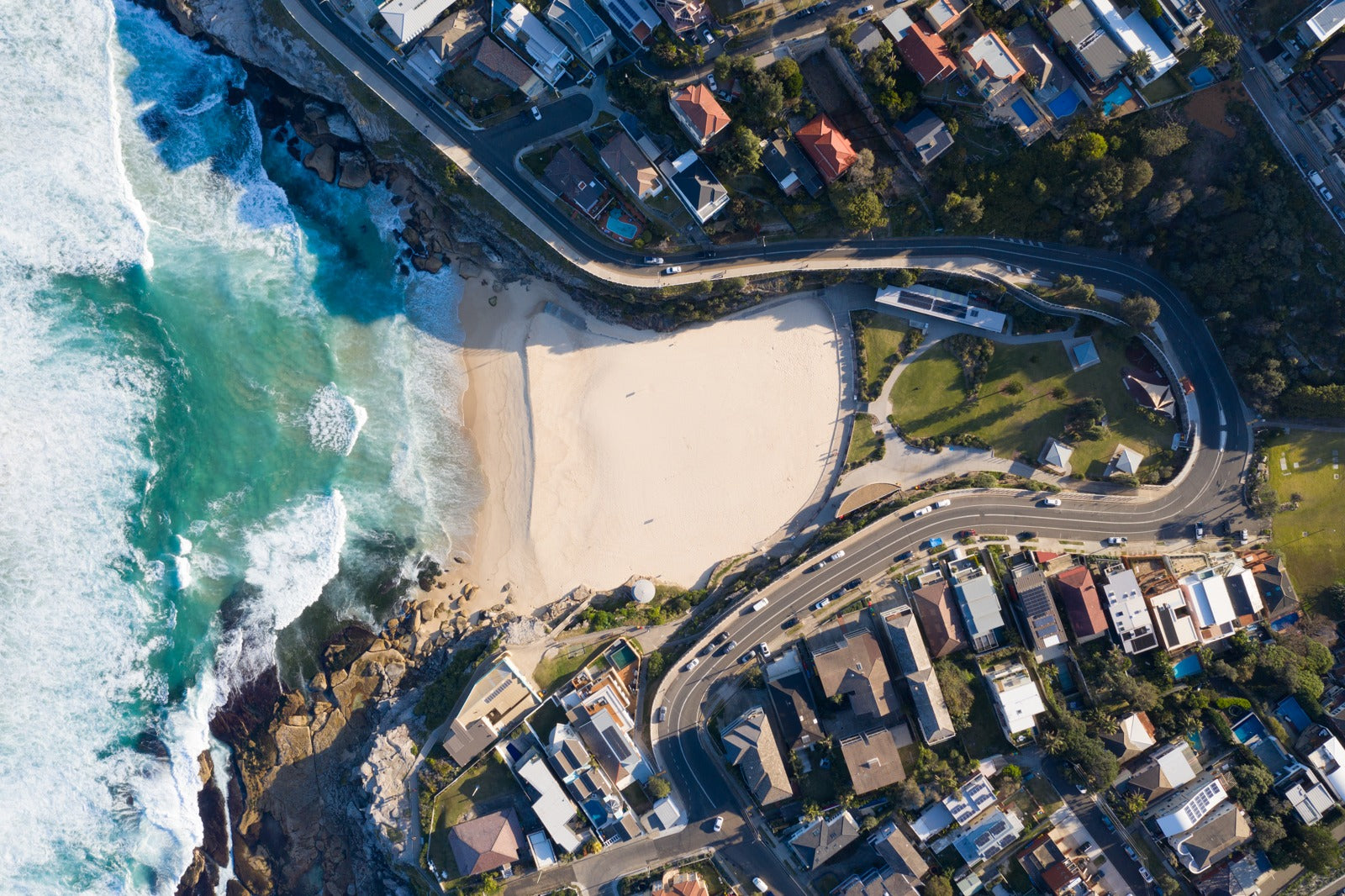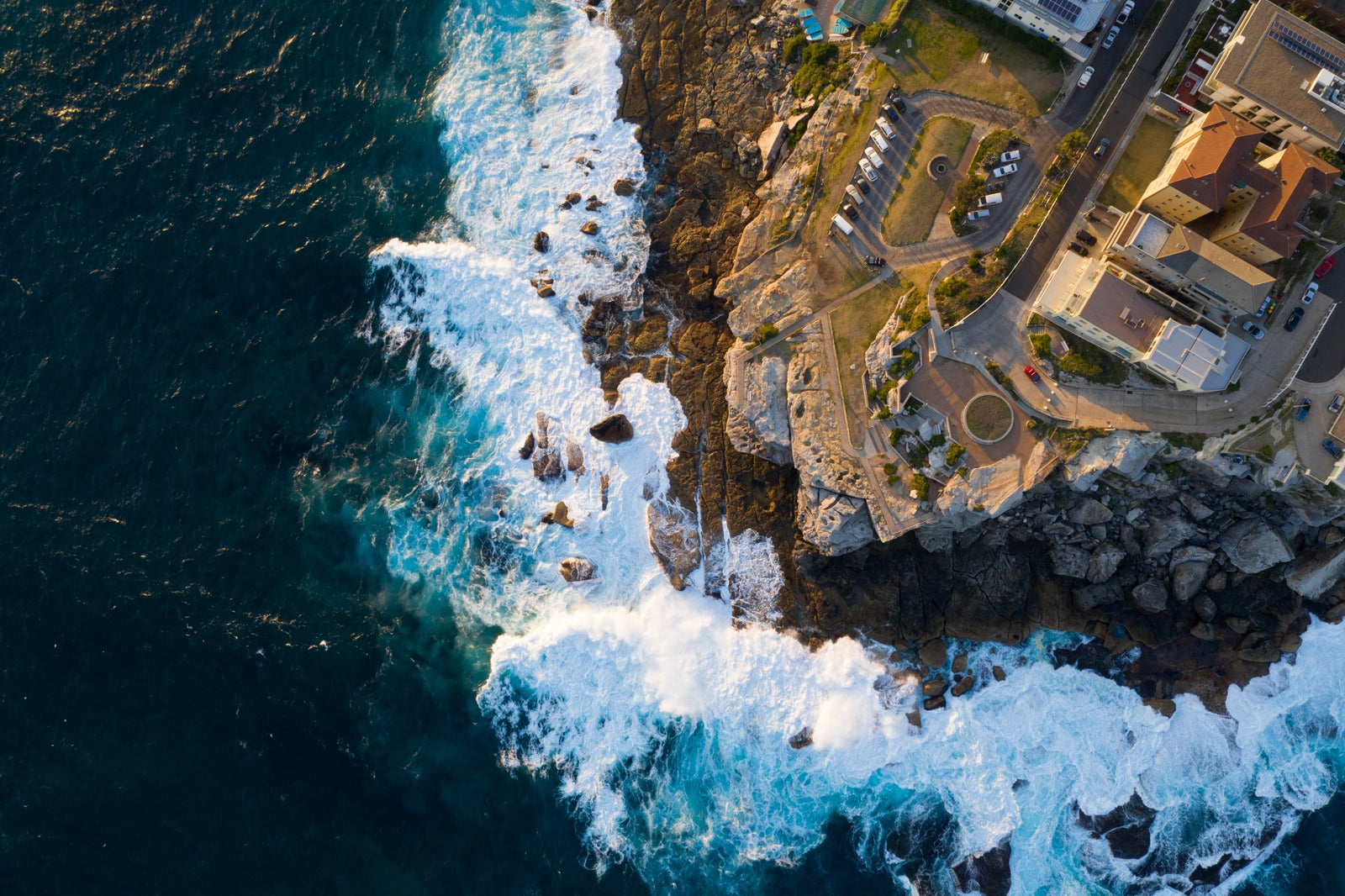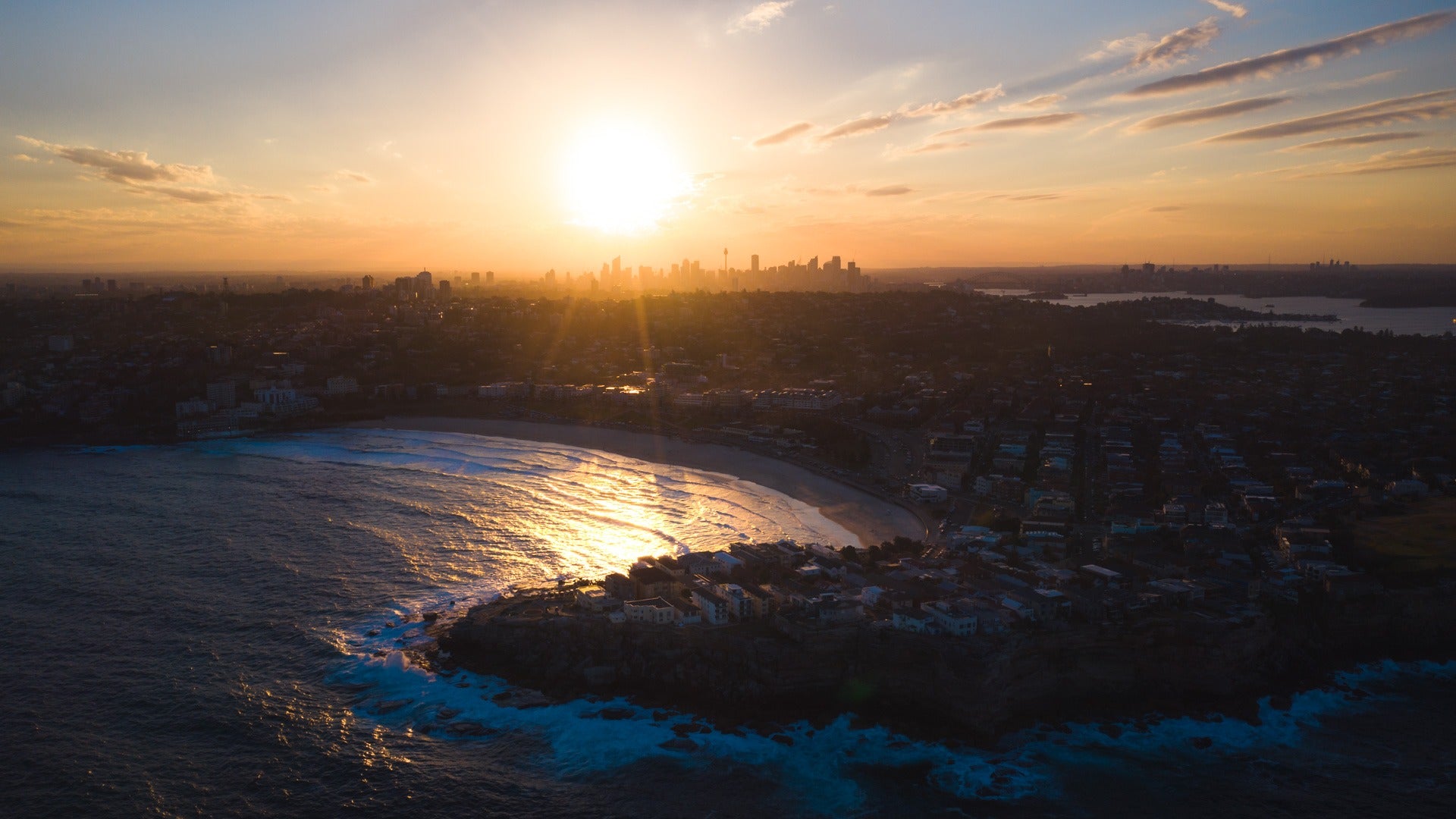For a lot of people, the Mavic 2 Pro is everything they’ve ever wanted in a flying camera.
When I did the Mavic Air campaign at the start of the year, that drone was codenamed ‘The Unicorn’.
Well, with the Mavic 2 Pro’s portability, durability, great image quality, I’ll just put you out of your misery right away.
The Mavic 2 Pro is the best consumer drone money can buy right now.
This - this is the real unicorn.
DJI has once again proved that when it comes to drones, they’re untouchable.
They’ve got their ears to the ground when it comes to user feedback, and every detail you could ask for, every feature that’s remotely feasible, has been added in this tiny package, just for you.
While I’ll leave the full details for the full review in coming days, right now I wanted to cover initial impressions for the most important part of a camera - flying or not - the image quality.
Mavic 2 Pro image quality
Having the Mavic Pro 1, Mavic Air, Phantom 4 Pro and now Mavic 2 Pro currently in my possesion (I’m kinda too lazy to sell the others, although I really need to now) and having flown drones for quite awhile now, I can confidently say that the Mavic 2 Pro is a mini Phantom 4 Pro in terms of image quality.
That is to say, this 1 inch sensor is great.
Dynamic range is fantastic. Highlight and shadow recovery are easily pulled a few stops either way without falling apart, and images straight out of the camera are punchy and vibrant. Hasselblad has really done a great job with the colours and contrast here.
You’ll see for yourself in the sample gallery below, teals and blues pop, while gradients are smooth and handled well.
Similarities between the P4P and Mavic 2 Pro
Having owned and flown the Phantom 4 Pro a lot, it’s almost as if they put that exact sensor and lens combo into the Mavic 2 Pro, but thrown in some Hasselblad processing on top. But what that means is where the P4P shines, the Mavic shines too. And where the P4P doesn’t, it’s not so great for the Mavic either.
What I mean by that is they both share the same aperture profile when it comes to sharpness, and they share the same noise floor too.
Like the P4P, when stopping down to anything past f8, the sharpness starts to fade fast, looking mushy by f11. And like the P4P, it’s sharpest between f4 and f5.6.
The noise floor also looks very similar to the P4P, becoming very apparent when shooting in high dynamic range scenes. It’s typical of a sensor of this size though - just don’t expect your full frame quality here.

99% of people won’t notice these things though. I only tell you these things because I know they exist, and in fact, even for me, the quality of images this camera produces is far more than enough for me - I even carry my Sony RX100VI around with me every day which has a very similar 1 inch sensor (with different processing and lens, of course) on it, and I adore it.
Nit picking aside, overall, I’m so damn pleased with this camera and this drone. It literally is everything I’ve personally asked for - a Phantom 4 Pro in a Mavic body.
I literally don’t need another drone now.
Mavic 2 Pro sample images
You can be the judge for yourself though - here’s some sample images. They’re all shot RAW and converted to jpg. They’ve had no processing done to them. No sharpness (I turned it to 0), no colours, no changes, no nothing. Literally imported into Lightroom and exported to web.
For flat, RAW images, they’re certainly fantastic in my eyes.
Look out for the full review in coming days.
Side note: I know 99.9% of you do the right thing, but please don’t steal my images. I’m providing these to you at a large resolution for your own benefit. Don’t claim them as your own. Karma is a bitch. Don’t be a jerk.
All images are shot at ISO 100. Click, tap or tap, rotate and pinch to see them in better detail.












Buy the Mavic 2 Pro now from DJI.com



